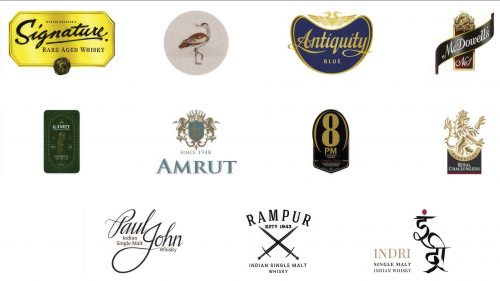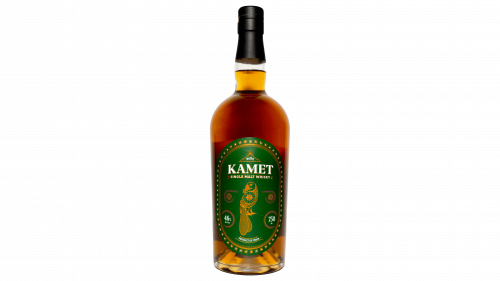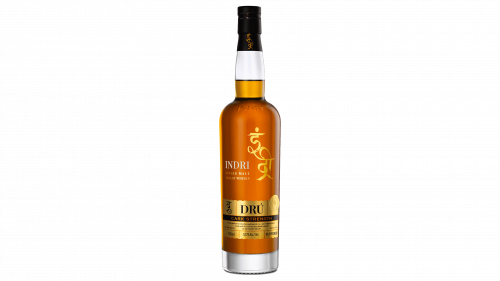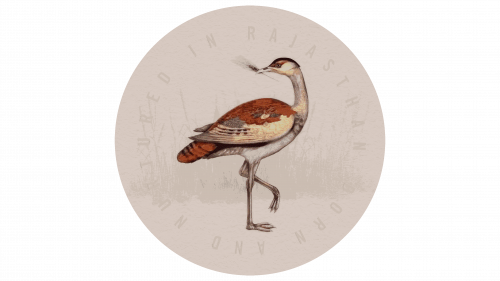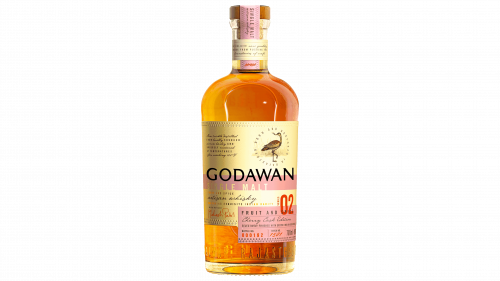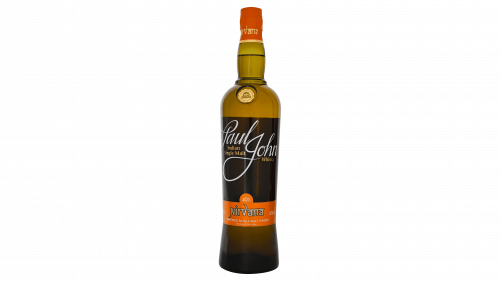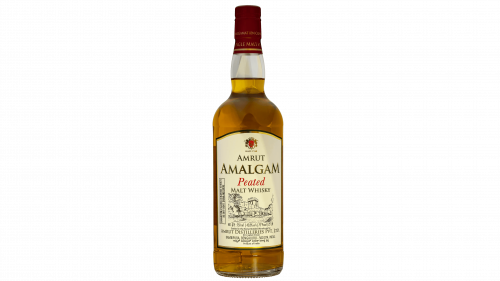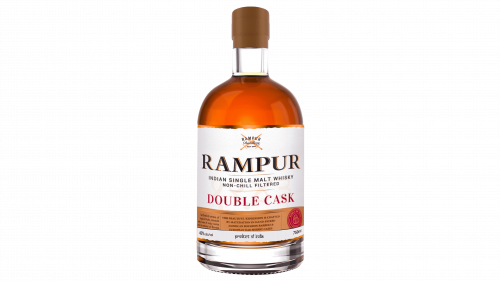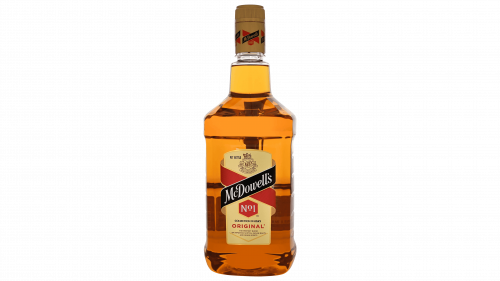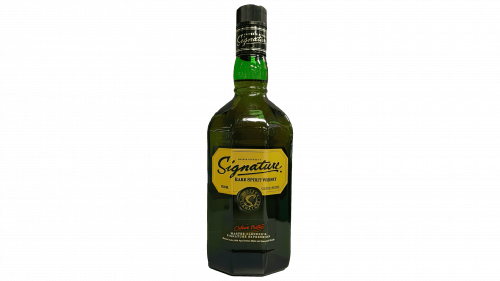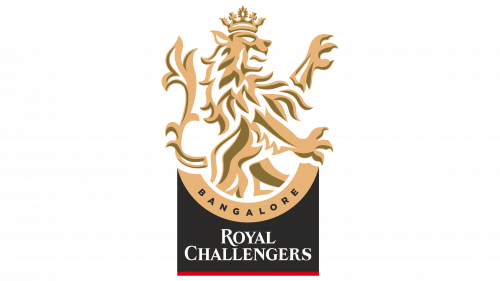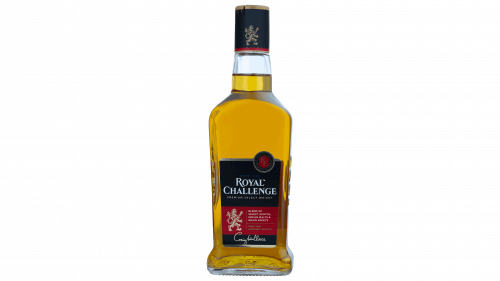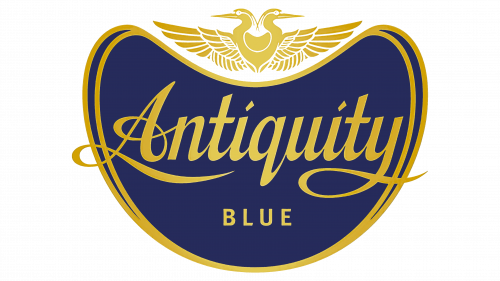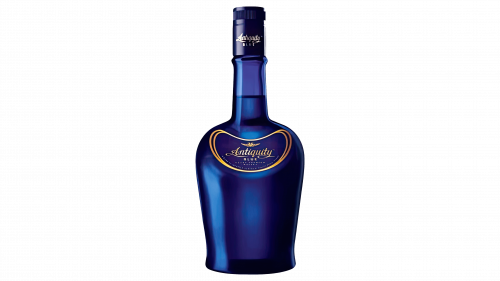Whiskey has been enjoyed in India since the British times. The British soldiers were big fans of Scotch and brought it over in large quantities. There were even efforts to produce whiskey locally, exemplified by Edward Dyer, who imported equipment from Scotland to Kasauli to start distilling.
In 1948, Amrut took the lead in India’s whiskey production journey. Initially focusing on other spirits, they shifted to whiskey in 1982. Single malts weren’t as popular then, so they primarily produced blends.
Entering the scene in 1996, Paul John became another significant player in the Indian whiskey market. Like Amrut, they began focusing on blends before venturing into single malts in 2008.
Amrut made a significant leap by launching the first Indian single malt in Glasgow, Scotland, in 2004. Its success in Europe led to its introduction in India in 2010. By 2022, India had become a major whiskey producer, catering to its vast domestic market and international consumers.
This tale of Indian whiskey is not just about drinks; it’s a story of cultural fusion and evolution. It traces a path from adopting traditional Irish whiskey-making methods to creating a distinct Indian whiskey identity. This narrative mirrors India, a land of ancient traditions and modern innovations.
Indian whiskey stands out for several reasons:
- Use of Local Ingredients: Indian whiskey often incorporates molasses, a by-product of the country’s sugarcane cultivation, offering unique flavors.
- Influence of Climate on Aging: The warm Indian climate accelerates the whiskey’s aging process, allowing for the development of rich flavors in a shorter time than in cooler regions.
- Global Recognition: Indian whiskies have started winning international accolades, showcasing their quality and uniqueness on the world stage.
- Cultural Significance: Whiskey in India transcends being a mere beverage woven into the fabric of social and cultural celebrations.
Indian whiskey presents an intriguing exploration for enthusiasts and novices alike, blending traditional craftsmanship with innovative practices and using local ingredients influenced by India’s diverse climate. This unique blend of factors contributes to the distinct character of Indian whiskey, making it a captivating chapter in the global whiskey narrative.
Kamet
Kamet brings a new twist to Indian whisky inspired by the majestic Himalayas. Its flavors are designed for adventure, echoing the mountain named after it. The Kamet logo’s modern and bold design is meant to catch the eye of those searching for an exciting new whisky experience.
This whisky comes to life through a partnership between Madya Beverages, Peak Spirits, and Piccadilly Distillery and is made in Kurukshetra, a place rich with stories from the Mahabharata. Kamet aims to celebrate and share India’s deep heritage and values with the world.
Stories and legends from this area, passed down over generations, are now represented by a sacred parrot, Kamet’s symbol. This bird, seen as a messenger, encourages hard work, community loyalty, and appreciation for the natural world. Considered sacred and thought to predict the future, the parrot invites you into Kamet’s world of whisky, blending the art of single malt with the local culture of the distillery’s surroundings.
Indri
In 2012, a new whisky maker started up in the peaceful foothills of the Himalayas in Haryana, close to the fertile land near the Yamuna River. It was named Indri, after the town it’s in. This place has quickly made a name for itself by mixing local traditions with new ways of making whisky. Indri combines the best grains from India with classic malt to make a complex and welcoming whisky, showing off the rich variety of its local area.
Indri stands out because it uses the cool Himalayan climate and clean water from nearby to make a single malt whisky that’s different in taste and top quality. In just ten years, Indri caught up with other single malts and became a leader, winning numerous awards and impressing critics and whisky enthusiasts alike.
The logo of Indri is a mix of modern style and traditional Indian designs, showing its modern take on whisky making that’s still connected to India’s long and rich history. This logo means that Indri is all about trying new things but also respecting the past and the natural gifts of its place.
Godawan
Godawan Whisky combines traditional Indian grains with innovative distilling methods, creating a smooth and rich flavor that appeals to those who appreciate a blend of history and modernity in their drinks.
The Godawan, or great Indian bustard, once widespread across India, now numbers only about 150, with Rajasthan as its sole habitat. This situation highlights the region’s commitment to living in harmony with nature, making the Godawan a fitting symbol for this whisky.
Rajasthan enriches what it has with its unique spirit, which is evident in its jewelry, cuisine, and architecture, all reflecting a deep connection with the environment.
The whisky-making process at Godawan includes slow distillation of locally sourced six-row barley, aging in temperatures that soar up to 100°F, and maturation in specially crafted barrels made from select Indian woods, contributing to the distinct flavor profile of the whisky.
Paul John
The colorful and lively Goa has a special whisky called Paul John Whisky. It started in 1992 when a man named Paul P. John decided to make something that showed off Goa’s special taste. He used a special kind of barley from India to make the whisky have lots of different flavors, like deep smoke and sweet vanilla. This whisky is smooth and full of surprises.
On October 4, 2012, Paul John Whisky showed the world that India can make top-notch single malt whiskies. They use barrels that once held bourbon to age the whisky, and sometimes they try different barrels, like ones that held sherry or had peaty whisky in them. This makes their whisky have many different tastes, from smoky to fruity, and these whiskies have won many awards worldwide.
The symbol you see on Paul John Whisky bottles is special. It’s about honoring India’s long history and showing that they’re making new and exciting whiskies. This symbol tells you that Paul John is about using old ways to make new, tasty drinks. It’s a sign of respect for the past and excitement for the future, all wrapped up in the delicious whisky they make in Goa.
Amrut
In the bustling city of Bangalore, India, a special kind of whisky started to flow in 1948, thanks to a man named J.N. Jagdale. He founded Amrut Distilleries, which first made drinks from fruit and sugarcane. But then, in the 1980s, his son, Neelakanta Rao Jagdale, had a big idea: to make whisky from barley, like the Scotch they make in Scotland. On August 24, 2004, Amrut launched its first Indian single malt whisky. People were initially unsure—India’s hot weather differed from Scotland’s cool climate. But Amrut’s whisky, made with clean water from the Himalayas and India’s rich lands, was full of surprising and deep flavors.
Amrut kept creating new and exciting whiskies, even ones with a smoky taste or aged in special barrels, and soon enough, the whole world noticed. They won lots of awards and started selling their whisky all around the globe.
The symbol you see on every bottle of Amrut whisky tells a story. It shows how proud they are of their Indian roots and their knack for making something truly special. This symbol isn’t just for decoration; it stands for Amrut’s journey from a local distillery to a world-renowned maker of fine whisky.
Rampur
In the old city of Rampur in Uttar Pradesh, there’s a special place called the Rampur Distillery. It’s part of Radico Khaitan, a big company in India known for making all kinds of drinks. They started in 1943, making 125 million liters of drinks every year. But one of the most special drinks they make is called Rampur Single Malt Whisky. It’s a fancy whisky that shows off what they can do.
Rampur Whisky is smooth and has a bunch of different tastes all mixed together, like sweet tropical fruits, earthy nuts, and spicy flavors. It’s Radico Khaitan’s way of stepping into the world of fancy single malt whiskies, and it’s like a tribute to Rampur’s rich culture and history. It mixes old and new, showing how much they care about their traditions while making something whisky lovers everywhere would enjoy.
The Rampur logo looks classy, with designs that remind you of India’s rich history. It’s a sign of the brand’s long story and goal to be modern and fancy simultaneously. This logo means Rampur Whisky is all about keeping its Indian roots strong while making something that people worldwide would love. So, drinking Rampur Whisky is like tasting a bit of India’s long history of making things well but in a new and exciting way.
McDowell’s
In the early 1960s, Angus McDowell started something big in India. He created McDowell & Co. with a distillery for making what’s known as Imported Foreign Liquor (IFL) in India. This was the start of McDowell’s No.1 whisky, which quickly became a favorite nationwide, showing how much people wanted this kind of drink at home. Over the years, McDowell’s grew and changed hands, being part of United Breweries and Shaw Wallace, becoming a well-known name for good whisky, and even branching out into rum.
In 2005, a big company called United Spirits Ltd (USL) took over McDowell’s, and then a few years later, it became part of Diageo, a global giant in drinks. These changes were a big deal because they showed McDowell’s was a brand people cared about, and it played a big part in making the Indian drink market what it is today. Now, with Diageo, McDowell’s kept up its good name and helped the company grow big in India, thanks to its long-standing reputation.
The McDowell’s logo is like a badge of honor, showing off the brand’s long history and how it’s kept up with the times in India. It symbolizes how McDowell’s has stayed important in the whisky world, blending its rich past with a look to the future in the Indian market.
Signature
Signature whisky shines brightly in fancy drinks as a luxury and fine-tasting symbol. It mixes the old Scottish whisky-making style with India’s special touch. This drink is about living the good life and is made for people who enjoy fancy things. The Signature logo looks just as classy as the drink tastes, showing off the brand’s fancy style that whisky lovers like.
In 1994, a big company called United Spirits Limited (USL) introduced Signature to India, aiming to offer something special beyond the usual drinks, especially for those who taste the finer things. This whisky is a special mix of old Indian malts, some grains from India, and old Scotch whiskies from Scotland, creating a rich and enjoyable taste for those who know their whisky.
Over the years, Signature has become known for its high-end image, thanks to famous people promoting it and big marketing efforts highlighting a luxury life. This approach has made the brand a hit with city folks who enjoy the finer things in life. With USL’s guidance, Signature has grown its lineup, adding even fancier aged versions and premium mixes that keep up the brand’s reputation for quality, using a mix of imported and local malts.
A big change happened when Diageo, a huge global drinks company, bought a big part of USL between 2012 and 2014. This deal was huge in the drinks world and was about getting a bigger piece of the growing Indian market. With Diageo’s help, Signature has kept its spot as a top choice for fancy whisky and has reached even more people despite the challenges of cheap rivals and the fight against fake products that hurt the market for luxurious drinks.
Royal Challenge
Royal Challenge stands out in the whisky world because it mixes Scotch from other countries with the best Indian malts. This creates a special whisky that celebrates tastes worldwide and from home. The Royal Challenge logo looks fancy and shows the mix of different cultures, giving you a hint of the special and rich taste of the whisky.
United Spirits Limited (USL), led by Vijay Mallya in the early 1980s, introduced Royal Challenge to the Indian market, aiming at people who like fancy whisky. It wanted to be unique by offering a smooth taste with classy branding, making it different from other brands like Officer’s Choice.
The 1990s were a big time for Royal Challenge, thanks to India opening up its economy, which made more people interested in fancy drinks with a touch of international style. Famous people helped make the brand even more popular, making it the go-to whisky for India’s growing middle class. By the early 2000s, it was the third-biggest whisky brand in India.
In the 2000s, USL helped Royal Challenge keep its strong market position. Then, when Diageo, a huge company in the drinks world, took over USL between 2012 and 2014, Royal Challenge kept doing well. Diageo kept promoting it as a fancy but affordable brand, especially as people started to like premium drinks even more.
Antiquity
Antiquity brings a special touch to Indian whisky with its carefully aged mix of grains. This gives a rich taste to people who love fine whisky. The Antiquity logo shows off the brand’s rich history and promise of top quality, making it a symbol of luxury for those who appreciate the best.
United Spirits Ltd (USL), which is part of the big company Diageo now, started Antiquity in 1992 to make the Indian whisky experience even better. Made from a special mix of Indian grains, local malt, and Scotch malt, Antiquity has an alcohol content of 42.8%. The brand grew to include Antiquity Blue and the even fancier Antiquity Rare, making it more popular and respected.
In the big family of USL’s whisky brands, like Bagpiper, McDowell’s No.1, Director’s Special, and Royal Challenge, Antiquity stands out as a sign of good taste and elegance. Its launch was a big deal for the Indian whisky market, creating a new standard for smoothness and quality.
Over 25 years since it first came out, Antiquity has remained a famous name in Indian whisky. Even with many other brands coming up, it still has a lot of fans who love its special taste and deep history.
8 PM
Since 1999, 8 PM whisky by Radico Khaitan has become popular in India for its good taste and friendly price. It’s perfect for relaxing in the evening, capturing the feeling of shifting from a busy day to a peaceful night. The logo fits this idea, showing a laid-back yet inviting look that many people like.
The story of 8 PM began when Radico Khaitan first stepped into making Indian Made Foreign Liquor (IMFL), quickly becoming their top product. Abhishek Khaitan, the Managing Director, says the name “8 PM” comes from how simple the number 8 looks and the common time in India when people enjoy drinks together. This smart naming and making the whisky affordable and enjoyable daily helped make 8 PM very popular, especially for those buying their first whisky, supported by wide availability and smart ads.
Through the years, 8 PM has helped Radico Khaitan grow in the drinks market and has stayed a favorite among whisky fans in India. Even as Radico Khaitan introduces new whiskies, 8 PM keeps its charm and loyal customers. It’s also making waves outside India, showing the world what Indian whisky is all about, and helping Radico Khaitan become known in one of the biggest whisky markets globally.
Final thoughts
As we look back on our exploration of Indian whisky, we find that it’s much more than just another type of whisky from around the world. It celebrates India’s rich culture and innovative spirit-making techniques, signaling a new chapter in the global spirits scene. Here’s what makes Indian whisky special:
- Cultural Blend: Indian whisky is more than a drink; it reflects India. It brings together the country’s diverse cultures, from bustling cities like Mumbai to the peaceful Himalayan landscapes.
- Innovation and Growth: The journey of Indian whisky, starting with inspiration from Scottish traditions and growing into its unique style, shows India’s knack for creativity and adapting traditions in new ways.
- The Impact of Climate: India’s varied weather plays a big role in how the whisky tastes, making each bottle tell a story of where it comes from.
- Global Praise and Looking Ahead: Indian whisky has gone from being a hidden gem to winning worldwide praise, showing off its quality and marking India’s growing influence in fine spirits.
James Thomson, a respected expert on spirits, once said, “Indian whisky is a wonder, offering a rich blend of flavors that delight the senses.” This praise shines a light on how Indian whisky’s unique flavors are gaining recognition and appreciation from whisky lovers all over the globe.
Indian whisky is on a path of exciting growth and creativity. It’s blending old methods with new ideas to keep its deep roots while reaching for new tastes and skills in making whisky. Anita Desai, an expert, says, “Indian whisky’s future is as bright as the country’s sunshine, moving from traditional ways to winning worldwide praise.”
The story of Indian whisky is about sticking to it, being flexible, and feeling proud of where you come from. It’s about India’s rich history and where India wants to go next. More and more people around the world are starting to love Indian whisky, inviting both long-time fans and new friends to discover its growing story. This story goes beyond just where it’s made, bringing together different tastes from all over the globe. Indian whisky is more than just something to drink; it’s an experience to cherish, a story to join, and a tradition to add to.
This wrap-up looks closely at what makes Indian whisky special and its bright future, adding expert insights and a hopeful look at its role in spirits.
